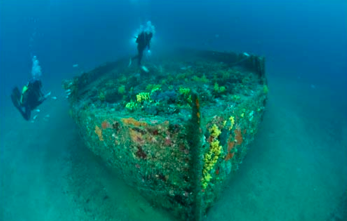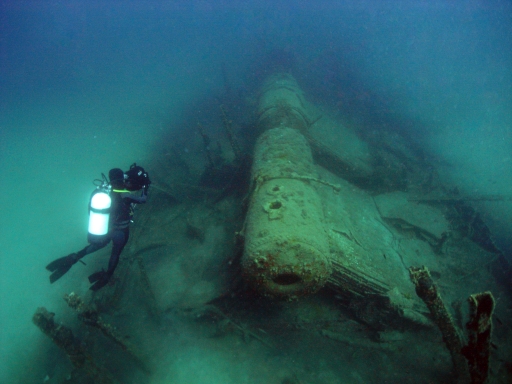Ships around the world are being urged to mark the Centenary of Archduke Franz Ferdinand’s assassination on 28th June 2014, the event which triggered the First World War.
Vessels at sea should fly flags or ensigns at half-mast as part of a call for peace and reconciliation, says UNESCO, the United Nations educational, cultural and scientific agency.
Ships in harbour are encouraged to sound a signal of remembrance to commemorate the 100th anniversary of the war. The starting time is 17.00 UTC/18.00 British Summer Time/19.00 Central European Time.
The call is among a series of UNESCO initiatives aimed at remembering the lives of the tens of thousands of people lost at sea during the conflict.
The UN agency says the wrecks of sunken ships serve as custodians to the memory of the victims. Despite their value as a major historical source, it warns they are “little protected, scarcely researched, and poorly known.”
Corrosion, looting and commercial exploitation are among the threats to this fragile underwater heritage, the agency points out.
 Hospital barge, Gallipoli Peninsula, Turkey ©Mark Spencer/UNESCO
Hospital barge, Gallipoli Peninsula, Turkey ©Mark Spencer/UNESCO
Marine archeologists, scientists and lawyers will be discussing conservation of the wrecks left by the First World War at a two-day UNESCO conference in the Belgian city of Bruges, culminating in a remembrance ceremony on 28th June 2014.
It coincides with events being organised worldwide the same day as part of the agency’s Dive for Peace Day and the launch of a four-year education programme to raise awareness in schools.
From 2014, the wrecks of warships and civilian vessels sunk in the First World War will be included in a 2001 UN Convention aimed at protecting underwater cultural heritage.
James Delgado, a US archaeologist who’s investigated shipwrecks worldwide, says they’re a powerful reminder of the war: “They offer a tangible link to those long ago events, and a chance for this and future generations to ponder those consequences and to confront that legacy with positive changes in how we conduct ourselves.”
Information & images supplied by UNESCO
Posted by: Peter Alhadeff, Centenary News
